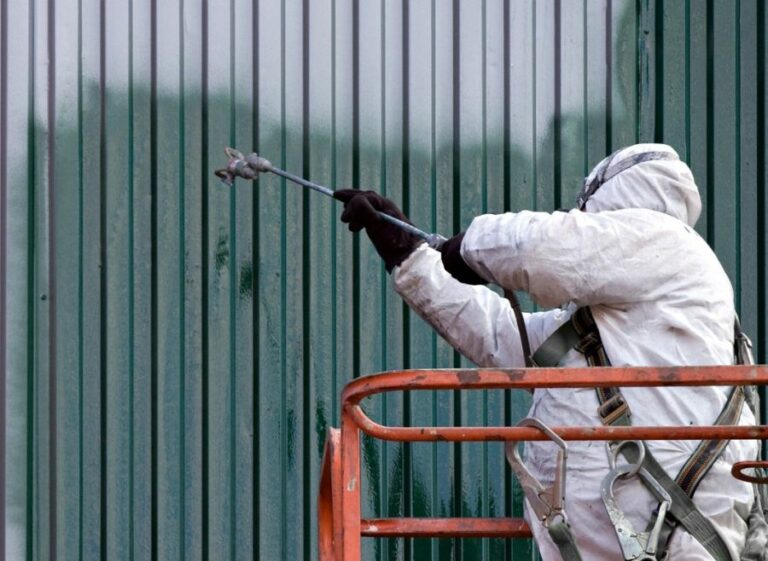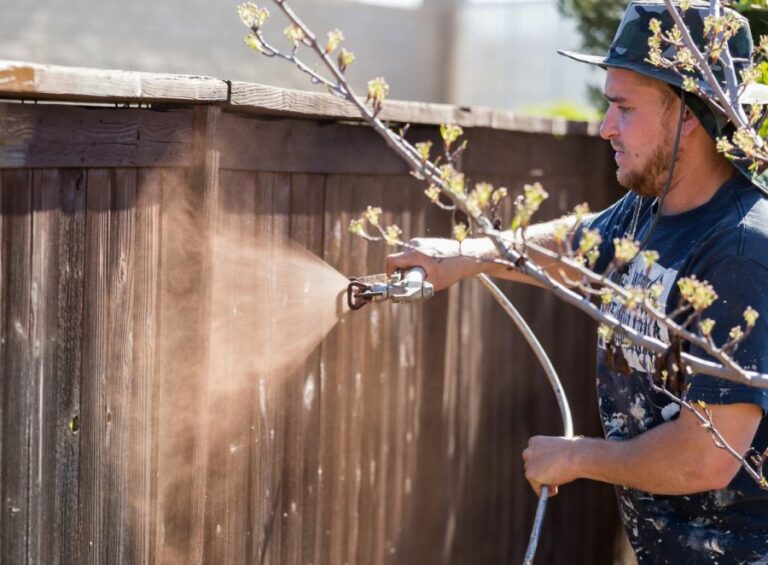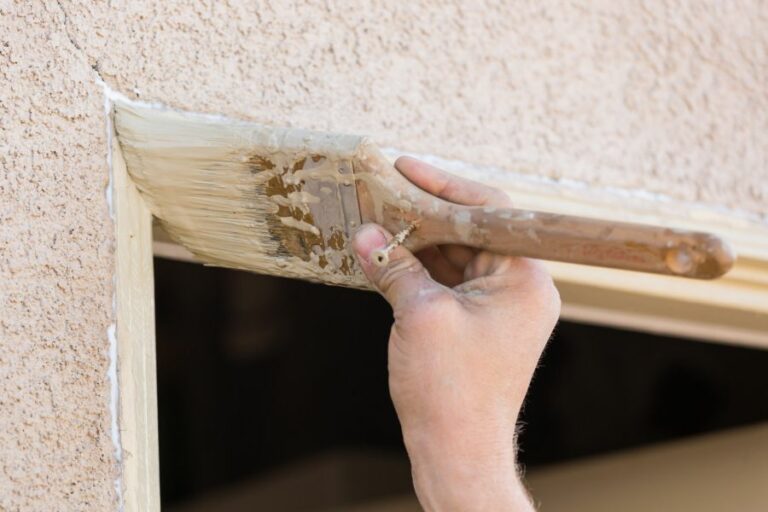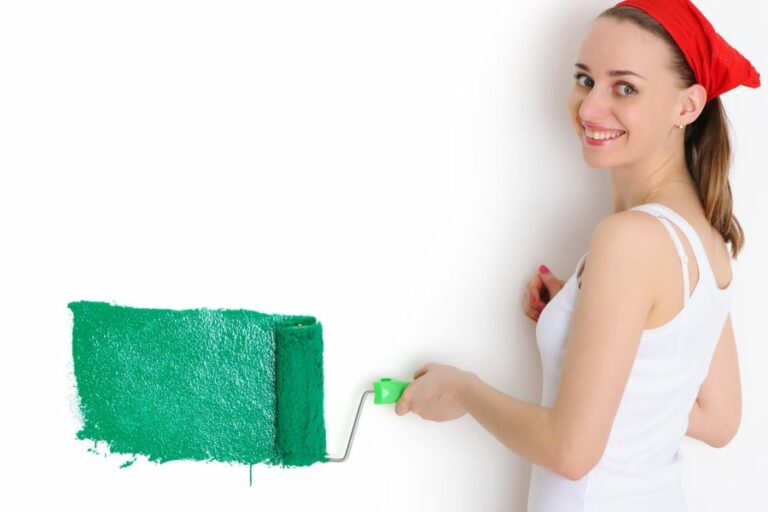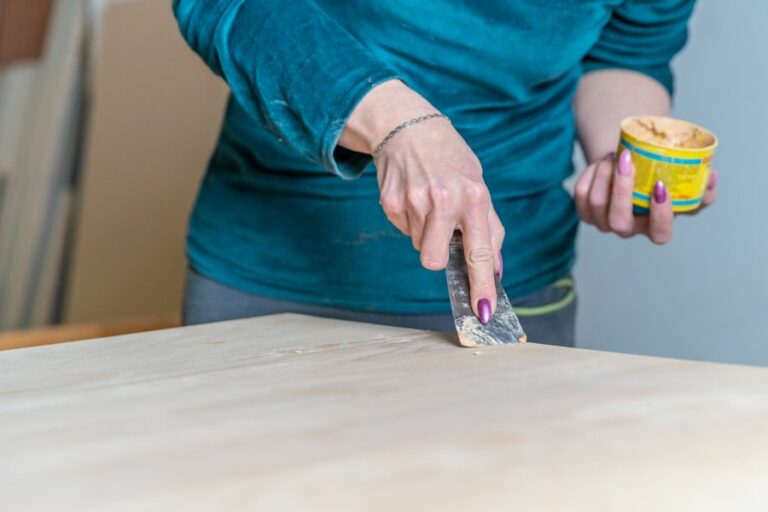Elevate Surfaces With Special Finishes. What Pros Say
Are you looking to enhance the appearance of various surfaces in your home or business? Look no further! We’ve got the perfect solution to elevate surfaces with special finishes that’ll completely transform their aesthetic appeal. With our expert guidance, we can help you choose the right finish for different materials, taking into account practicality and durability.
Elevate surfaces with special finishes:>
Special finishes, such as metallic, concrete, textured, and high-gloss, are innovative ways to elevate and enhance the visual appeal of surfaces in design and construction projects. These finishes can transform ordinary spaces into extraordinary ones by adding unique aesthetics to walls, ceilings, furniture, cabinetry, floors, and architectural features. Selecting the right finish, testing applications, proper preparation, using quality products, and consulting professionals ensure successful results.

Discover the transformative power of special finishes on various surfaces! Explore unique, eye-catching techniques that elevate the aesthetics of any space. Don’t miss out dive in and uncover the magic of these unbeatable finishes.
Contents
ance Surfaces with Unique Finish Options
In today’s design and construction industry, the use of special finishes for various surfaces has become increasingly popular. These innovative and visually striking finishes can transform ordinary spaces into extraordinary ones.
• Types of Special Finishes
– Metallic Finishes
Metallic finishes can give surfaces a luxurious and sophisticated appearance. They are typically created using metallic pigments or particles mixed with a clear or colored coating.
Examples of metallic finishes include gold, silver, bronze, and copper. They can be applied to various materials, such as wood, concrete, or plaster.
– Concrete Finishes
Concrete finishes can enhance and elevate the aesthetic appeal of concrete surfaces. There are many different types of concrete finishes, such as trowel, broom, acid-stained, polished, and sandblasted. Each type of finish provides a unique look and texture for both interior and exterior applications.
– Textured Finishes
Textured finishes create visual depth and intrigue. They can range from natural, earthy textures like stone or wood to more abstract and artistic effects. Some common examples of textured finishes include Venetian plaster, faux painting, and textured wallpaper.
– High-Gloss Finishes
High-gloss finishes are characterized by their smooth and reflective surface. They are often used to create a modern and sleek appearance. High-gloss finishes can be achieved through paint, lacquer, or specialized coatings.
• Applications of Special Finishes
– Walls and Ceilings
Combining special finishes with creative design concepts can enhance the visual impact of walls and ceilings. Adding a metallic finish to a wall or using textured finishes can create an accent piece in a room, providing depth and dimension.
– Furniture and Cabinetry
Many times, furniture and cabinetry can benefit from the application of special finishes. Metallic or high-gloss finishes can give an old piece of furniture a new look while providing a unique and custom feel to the space.
– Floors
Concrete finishes and certain types of textured finishes can be applied to flooring, creating a one-of-a-kind and durable surface. Polished concrete, for example, is a popular choice for modern, minimalist designs.
– Architectural Features
Architectural features, such as columns, moldings, and trim, can benefit from the use of special finishes to enhance their visual appeal. Metallic finishes can create a luxurious look, while textured finishes can provide a more organic, natural feel.
• Tips and Recommendations
– Choose the Right Finish for the Space
Evaluate the space and overall design before choosing a special finish. For example, a high-gloss finish may not be suitable for a rustic, farmhouse-style design. Additionally, consider how the finish will interact with the lighting and other elements of the space.
– Test Application
Before committing to a special finish, always test the application on a small, inconspicuous area. This will help ensure that the finish is the desired color, texture, and effect and will also provide an opportunity to practice the application technique.
– Proper Preparation
Preparing the surface is a critical step when applying special finishes. This may involve cleaning, sanding, or priming the surface. Proper preparation will allow for the best results and can prevent issues such as peeling or uneven application.
– Use Quality Products
Invest in quality products, such as high-quality paints, primers, and tools, to achieve the best possible outcome. The materials you use will affect not only the appearance of the special finish but also its durability and longevity.
– Consult a Professional
If you are unsure about your ability to achieve the desired results, consult a professional who specializes in applying special finishes. They can provide guidance on the best type of finish, application techniques, and materials to use for your specific project.
• Conclusion
Special finishes can significantly elevate and enhance the visual appeal of a space. With various types, applications, and techniques available, there is a wide range of possibilities for incorporating these unique finishes into your design projects.
Remember to carefully choose the appropriate finish for each project, test application, properly prepare surfaces, use quality materials, and consult professionals to ensure your vision becomes a reality.
For more information on various special finishes and their applications, visit the American Institute of Architects website, which offers resources, articles, and recommendations on a wide range of topics related to architecture, design, and construction.

